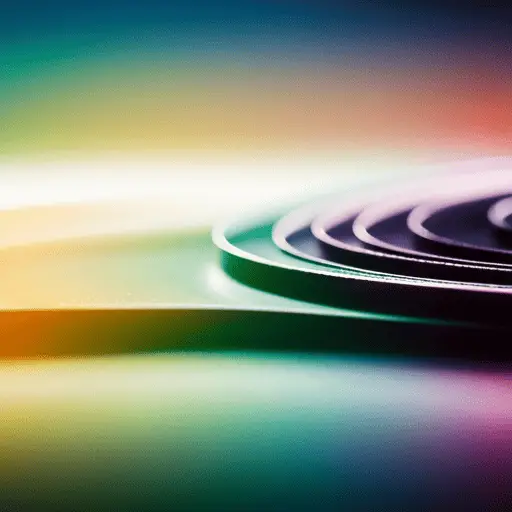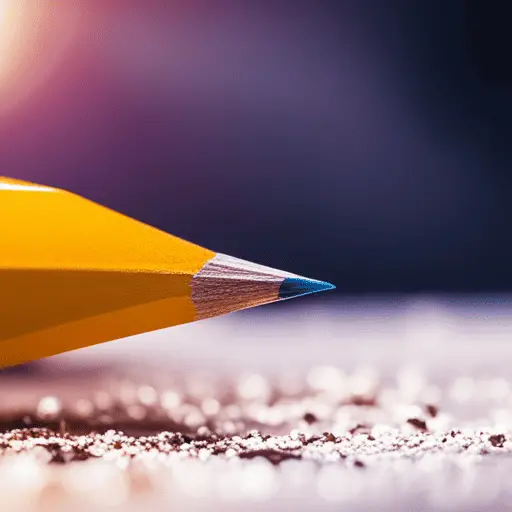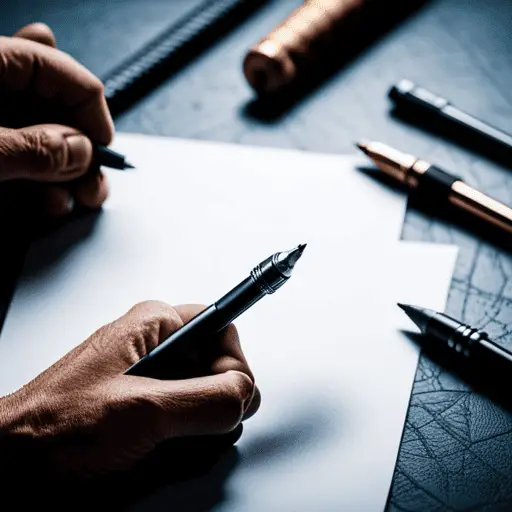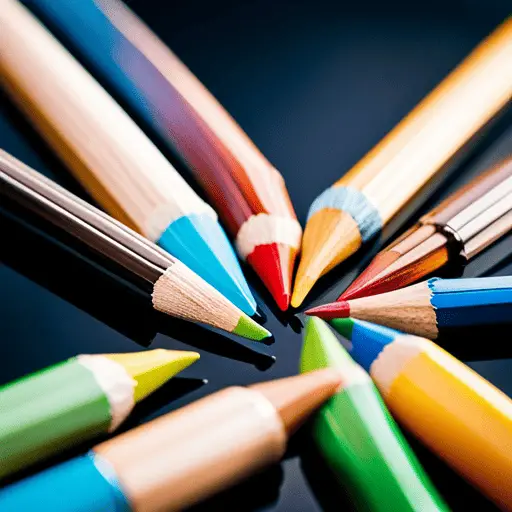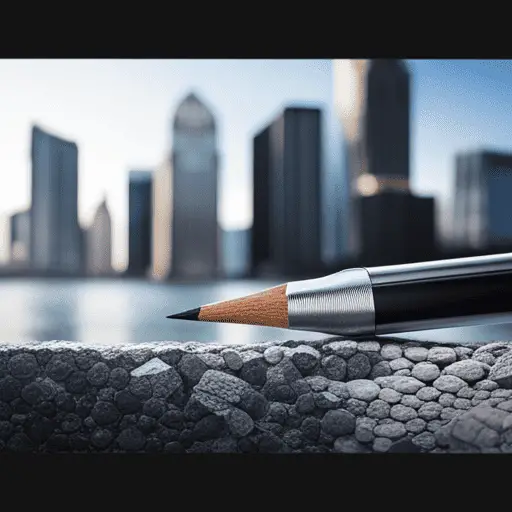Discovering Lead Grades: From Hard to Soft
You may think all pencils are created equal, but how wrong you would be! When it comes to lead grades, there is a world of difference between the hard and soft varieties.
From the faintest of lines to the boldest of strokes, each grade of lead has its own unique properties that can drastically affect your drawing or writing experience.
So, let’s dive in and explore the different grades of lead, from the hard and scratchy to the soft and buttery, and find the perfect pencil for your needs.
Key Takeaways
- Lead grades greatly impact the quality and style of drawings or writings, with each grade having unique properties that affect the drawing or writing experience.
- Harder leads can produce finer lines and are perfect for technical drawings and precise lines, while softer leads allow for smoother shading and blending and can create richer lines and shading.
- Middle-grade leads offer versatility that allows for accurate lines and smooth shading, making them a good option for balancing precision and comfort.
- Choosing the right pencil is important, considering the type of medium and approach to artwork, and there are various options to explore and techniques to experiment with to find the perfect pencil for your needs and artistic style.
Understanding the Differences Between Lead Grades

You’ll want to understand the differences between lead grades, as they can greatly impact the quality and style of your drawings or writings.
One of the most common debates is between HB and B lead grades. HB is a medium grade, sitting comfortably in the middle of the spectrum. B, on the other hand, has a softer and darker lead that can create richer lines and shading.
The role of graphite in lead grades is also important to consider. Graphite is the main component in lead, and the amount used determines the hardness or softness of the lead. The more graphite is used, the softer the lead will be. B lead grades are softer than HB, which has a harder graphite composition.
Understanding these differences allows you to choose the right lead grade for your artistic or writing needs.
Now, let’s explore the harder grades and how they can impact your work.
Exploring the Harder Grades

As we delve into the realm of graphite hardness, it becomes apparent that professionals in the drafting and engineering fields often favor tougher grades. The harder leads can produce finer lines and are perfect for technical drawings and precise lines.
If you’re experimenting with shading, the harder leads may not be the best option as they produce lighter marks. However, they are perfect for techniques for sketching as they allow for more control and precision.
Using a harder lead requires a different approach compared to a softer lead. You need to apply more pressure to produce a darker line, which can cause hand fatigue. Still, with practice, you can master these leads and produce stunning artwork.
As we explore the harder lead grades, it’s essential to note that there is a middle ground that offers a balance between precision and shading.
Discovering the Middle Ground
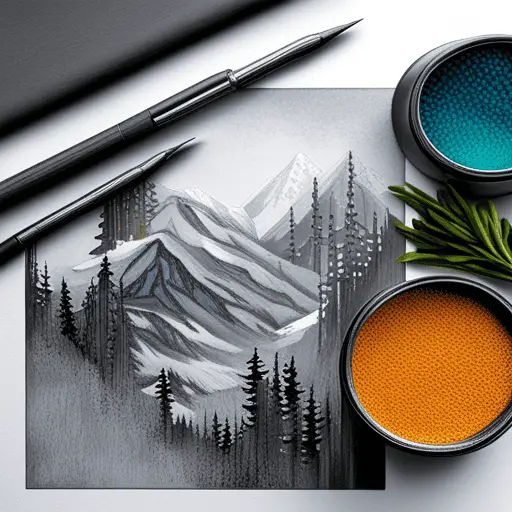
If you’re looking for a balance between precision and shading in your artwork, it’s important to explore the options available within the range of graphite hardness. Balancing precision and comfort can be achieved by experimenting with the middle ground of lead grades.
The middle grades, ranging from 2B to 4B, offer versatility for accurate lines and smooth shading. When working with middle-grade lead, it’s important to recognize the potential for exploring shading and texture.
The softer lead allows for a wider range of shading techniques and can create a richer, smoother texture to your drawings. You can find the perfect balance between precision and shading by experimenting with different pressures and angles.
Once you’ve uncovered the potential of the middle grades, you’ll be ready to embrace the softer grades and further expand your artistic abilities.
Embracing the Softer Grades
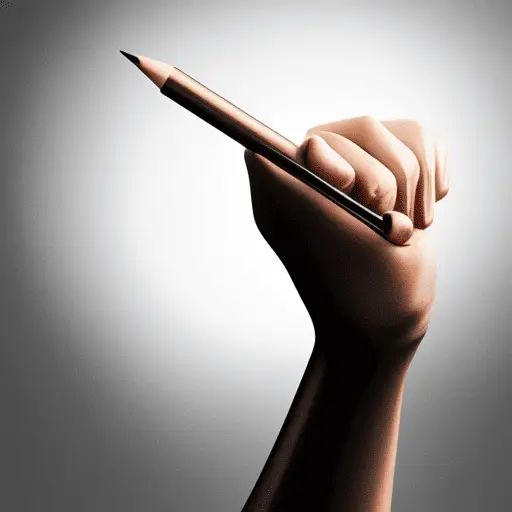
Don’t be afraid to delve into the more gentle shades of graphite, as they offer a greater range of artistic expression. Many artists prefer to work with softer-grade lead pencils, such as 2B or 4B, because they allow smoother shading and blending.
Here are some benefits of using softer pencils and techniques for shading:
- Soft pencils allow for a wider range of values, from light to dark, making your drawings more dynamic and expressive.
- When shading with a soft pencil, you can create smooth gradients and subtle variations in tone that are difficult to achieve with harder pencils.
- Soft pencils are also great for creating textures, such as fur or fabric, because they can be layered and blended to create a more realistic effect.
To make the most of softer pencils, use a light touch and gradually build up layers. To create different effects, you can also experiment with different techniques, such as hatching, cross-hatching, or stippling.
By embracing the softer grades of lead, you can add depth and dimension to your drawings and take your art to the next level.
As you explore the world of lead grades, choosing the right pencil for your needs is important. Whether you prefer a harder or softer pencil, a variety of options are available to suit your style and technique.
Choosing the Right Pencil for Your Needs
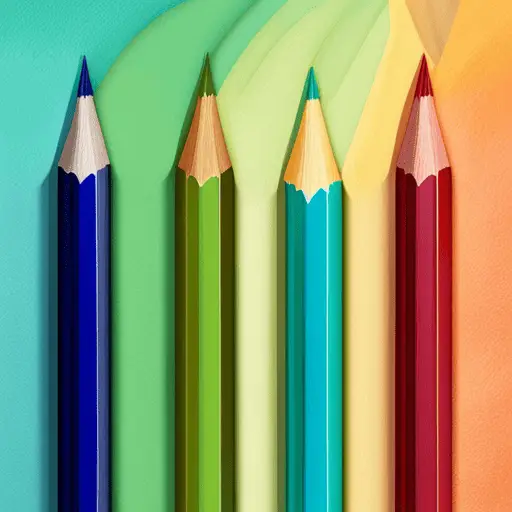
Find the perfect pencil to match your artistic style by exploring various options and experimenting with different techniques to create unique and visually stunning drawings.
When choosing a pencil, it’s important to consider what type of medium you prefer. Graphite pencils are perfect for achieving various values and fine details, while charcoal pencils offer a dramatic, smudgy effect. If you want to add color to your drawings, colored pencils may be the way to go, providing a range of hues from bright and bold to soft and subtle.
Another factor to consider is whether you prefer a monochrome or color approach to your artwork. Monochrome drawings can be striking in their simplicity, with shades of gray and black creating depth and contrast. On the other hand, color drawings can add vibrant energy to your work, with each hue adding its own unique element.
Whatever your preference, a pencil out there will suit your needs and help you create the artwork of your dreams. So go ahead and experiment, mix and match, and find the pencil that speaks to your artistic soul.
Frequently Asked Questions
Conclusion
Congratulations! You’ve now discovered the different lead grades and their uses. Whether you prefer a harder lead for drawing precise lines or a softer one for shading, there’s a pencil out there.
It’s important to consider the work you’ll be doing and the effect you want to achieve before choosing the right pencil.
As you continue on your artistic journey, remember that the beauty of art is in the process. Don’t be afraid to experiment with different lead grades and techniques to create something unique and special.
After all, art reflects the individual, and there’s no right or wrong way to express oneself. So go forth, create, and let your passion shine through in every pencil stroke.
Keep exploring and discovering new ways to express yourself, and never forget the joy of creating something from scratch.

